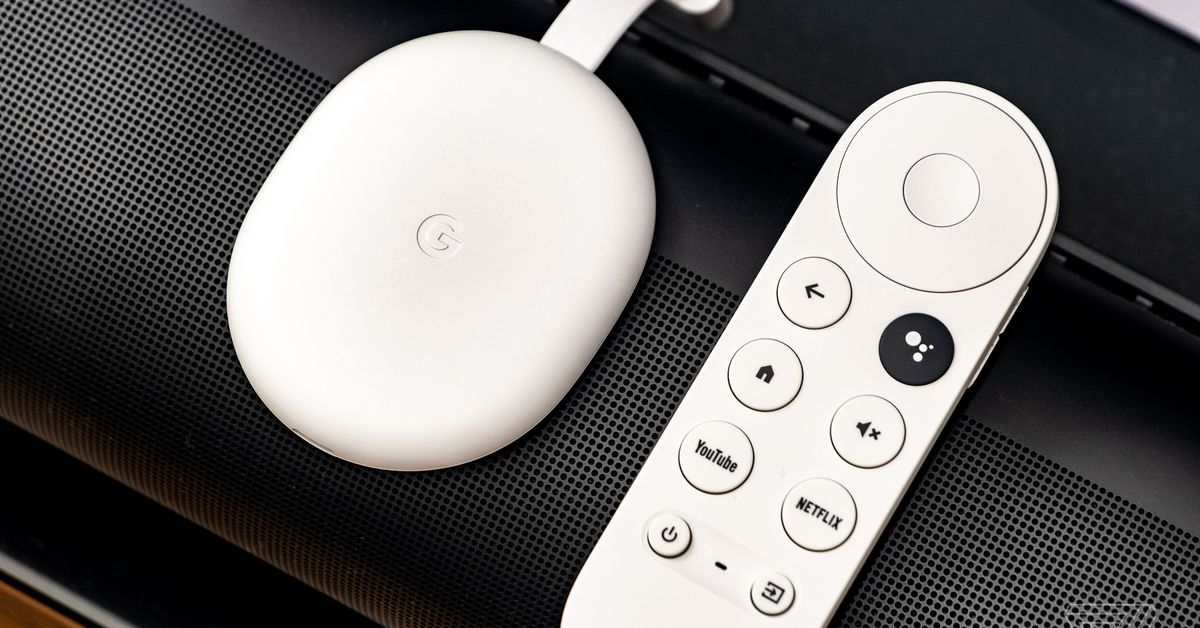
Google has been working on making its TV experience faster, more responsive, and less of a hassle for users. According to a post on its support forums on Monday, the company has been working on improving boot time, general performance, and the number of options for managing storage on both third-party TVs as well as its Chromecast with Google TV streaming puck.
The company says that it’s made it so the Google TV homescreen loads faster, reducing the amount of time before you can pick out which content to watch. Google says it achieved the performance improvements “through CPU optimizations and improvements to cache management” and that they’ve started to roll out on third-party devices and are “coming soon” for Chromecasts.
According to the post, users should be seeing faster performance in several areas — when loading the Live tab, scrolling through the homescreen, or using a kid profile. Some of these improvements, according to the company, are thanks to the fact that Google TV itself uses less RAM, leaving more for apps, especially when you’re switching between different screens.
The company’s also responding to complaints that have cropped up about how storage limitations can make it difficult to install apps for Google TV, especially on devices like the Chromecast, which only really has 5GB of usable space, according to Android Police. Google says it’s added a menu in Settings > System > Storage that’ll let you free up space by clearing the device’s cache and uninstalling apps, which has rolled out to the Chromecast and will be coming soon to smart TVs. It also says there’s an “automated process that runs in the background” to free up space for apps.
With recent reports about Google looking to integrate wearables and free channels into Google TV, it seems like the company could be getting ready to push users toward its big screen experience. If that’s the plan, it makes sense that it’s trying to improve on the basics now. However, as people need more and more apps to keep up with the growing number of streaming services, it may be time for hardware manufacturers (including Google) to consider upgrading the amount of storage that comes with Google TV devices. While software tricks may help reduce the number of low storage error messages, there’s really no substitute for just having more space.




















